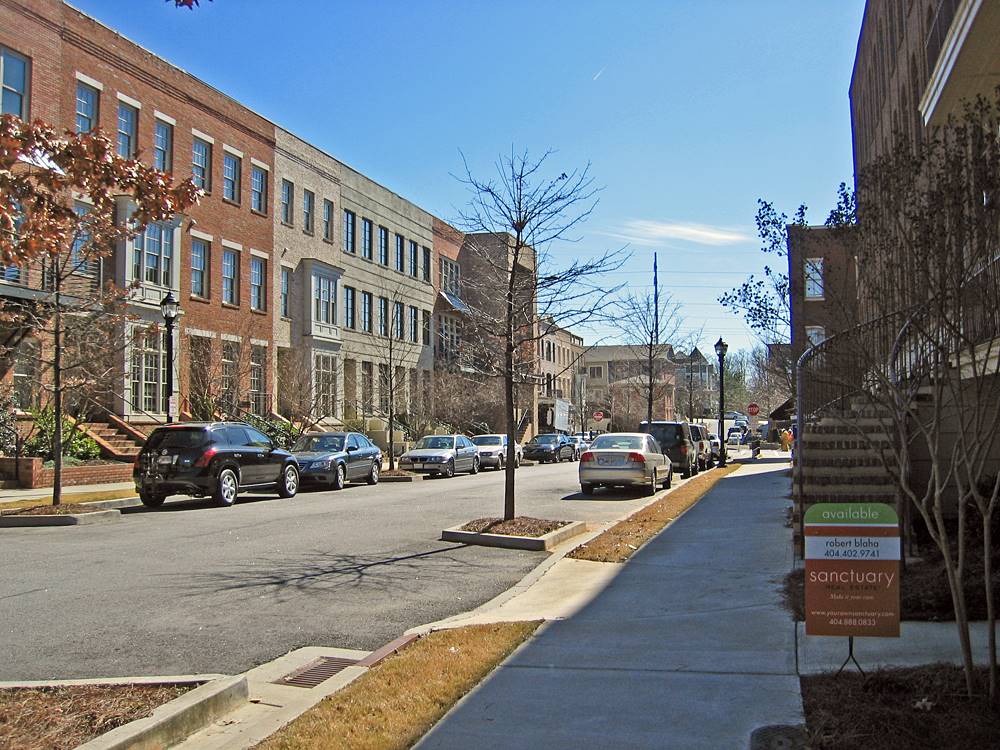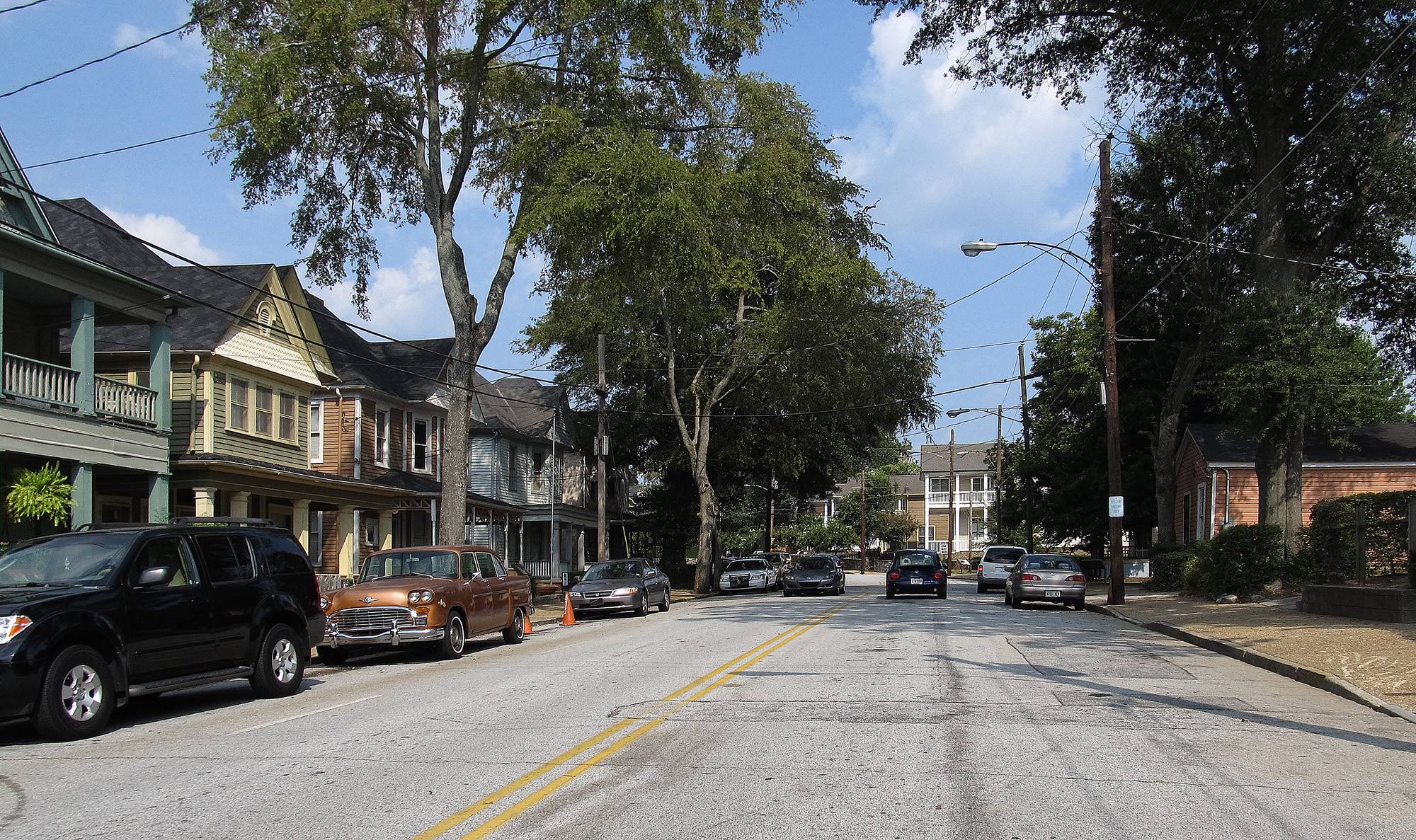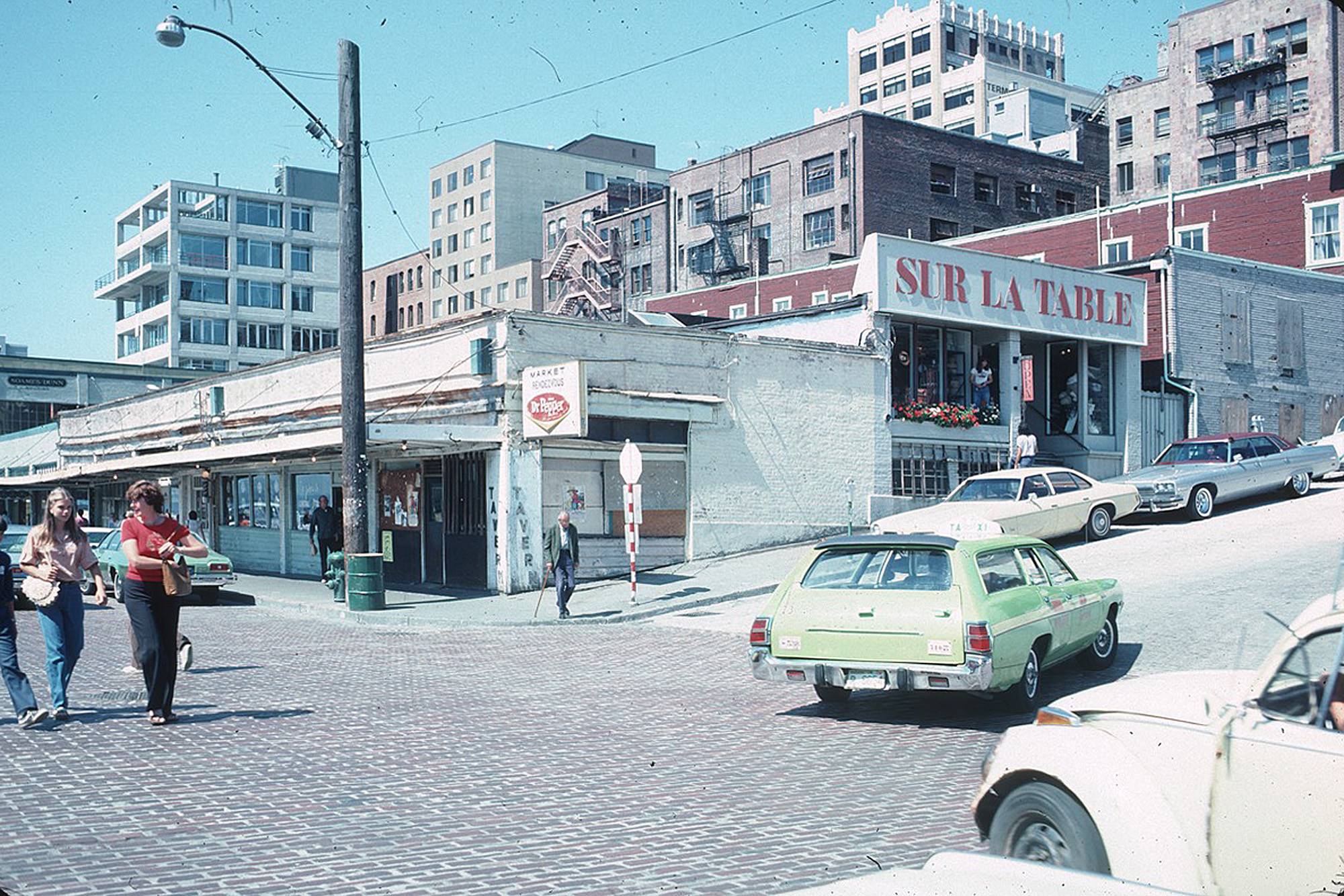1
The illustration above shows part of what is now River North and Tobin Hill; birds-eye view by Augustus Koch, 1886. Note Josephine Street at the top of the image and what is now the San Antonio Museum of Art, then the Lone Star Brewery, at the bottom.
There are systems that define how our city works. They are not just operational systems, like trash collection and water pipes, but financial and social systems. We all participate in them. We define some of them, but are subject to all of them. They are largely in balance and predictable -- that's what systems are. And everyone must follow the rules of the system. Everyone, unless you happen to have the money or influence to redefine a piece of a system you don't like.
There are systems that define how our city works. They are not just operational systems, like trash collection and water pipes, but financial and social systems. We all participate in them. We define some of them, but are subject to all of them. They are largely in balance and predictable -- that's what systems are. And everyone must follow the rules of the system. Everyone, unless you happen to have the money or influence to redefine a piece of a system you don't like.
Investment has risen in the near-urban core recently, particularly in that ring of neighborhoods immediately surrounding downtown. People with money to invest have determined that property values in these areas will continue to rise, hence there will be a return on money spent, hence they spend the money. That's investment. Why there's a return now, when there hasn't been for decades, is a complex question which deals with housing and social preferences of millenials, interest rates, several large key investments (the Museum Reach, Blue Star, the Pearl, and many others), and a host of associated factors. But part of the equation is clear: more money is pouring in, and it isn't going to stop.
Image by Ken Lund [CC BY-SA 2.0 (creativecommons.org/licenses/by-sa/2.0)], via Wikimedia Commons
Image by Ken Lund [CC BY-SA 2.0 (creativecommons.org/licenses/by-sa/2.0)], via Wikimedia Commons

2
So, increased investments represent a change in the financial systems of these neighborhoods. As the financial balance point shifts, there are impacts: people at the margins are replaced by those willing or able to spend more money. That's it. That's gentrification. There are very real social costs to this change: the personal pain of displacement, the changes in and potential loss of cultures caused by that displacement, and myriad other challenges. There are also benefits: an increased tax base, physical improvements to the neighborhoods, and others. But the basic point is that these changes will happen, are happening, unless another force shifts that financial balance point back to where it was.
What could that force be? There are lots of things that could cut investment, from oil prices to geopolitical instability, but they're beyond the control of local citizens. But city policies are very much within the city's control, of course, and they could drastically reshape that financial balance point. How that could happen, and what it would do, is the fascinating part.
Image by faceless b (Flickr: Multifamily Street Glenwood park) [CC BY 2.0 (creativecommons.org/licenses/by/2.0)], via Wikimedia Commons
Image by faceless b (Flickr: Multifamily Street Glenwood park) [CC BY 2.0 (creativecommons.org/licenses/by/2.0)], via Wikimedia Commons

3
Pardon a bit of cold truth, but it's a requirement for realistic discussion. Here's that truth: people are forced out of gentrifying neighborhoods because they don't make enough money to stay there. Period. This is why the debates around gentrification are inevitably about class, because income is the primary determinant of class. In some societies, this isn't much of a discussion at all. The government decides what should happen, and that's that. But in ours, thankfully, this sort of situation gets talked about.
This leads us back to city policies. In this situation, the city can affect the balance in one of two ways: it can make investment in these neighborhoods more difficult, which would stifle that investment and shift the balance point back. Or, it could put in money of its own, which would increase the balance on whichever side of the ledger it likes, and force the balance point that way. Unlike private investors, the city doesn't have to seek financial return; it can use money in ways that are deemed socially important.
This means that if the city wants to ease financial pressures on incumbent residents of gentrifying neighborhoods, but doesn't want to stifle private investment (and believe me, it doesn't), then it must subsidize those incumbent residents. It has a variety of strategies to do so, from tax abatement to grants to strategic spending on subsidized housing. All of them involve spending money without expectation of financial return, and all of these strategies are predicated on the belief that the social return is worth the expense.
Image from Seattle Municipal Archives (Flickr: Sur la Table at the market, 1978) [CC BY 2.0 (creativecommons.org/licenses/by/2.0)], via Wikimedia Commons
Image from Seattle Municipal Archives (Flickr: Sur la Table at the market, 1978) [CC BY 2.0 (creativecommons.org/licenses/by/2.0)], via Wikimedia Commons

4
I won't take a position regarding specifically how the city should spend its money. I have no interest in this discussion devolving into politics. I will say this, though: I live in the neighborhood I do because I love its history. There is a richness in the roots that reach back into the Colonial era, and the built fabric which is older than almost anyone alive in the city. I love its culture, too: not everyone in the neighborhood acts just like I do or values the same things that I do, and that exposure to new and different things is important to me. And I love its wild diversity: I am five minutes' walk from both some of city's best haute cuisine and best picadillo. I think that these are the things which make cities great. It's not just the newest housing stock or highest per-capita income. Nor is it a slavish dedication to the way things were, or cultural preservation which relies on separation.
Remember how I started this article by talking about the systems at work? Well, there are more layers to that. Imagine the city as a person. There's the physical: roads, power lines, sewers, and such. But there's also the mental: in this analogy, that's the diversity of the cultures, traditions, and actions of the people who live here.
It's important to keep the body healthy and to make it beautiful. But it's no less important to ensure the health of that analogical mental component. If we lose diversity, culture, or traditions in re-making our city, then it isn't as healthy and wonderful a place as it could be. Great cities turn diverse interests into richness. San Antonio's policies regarding neighborhood redevelopment should start there.
Image by Patrick Feller from Humble, Texas, USA (The Trend, Houston Heights, Texas 1308071251BW) [CC BY 2.0 (httpcreativecommons.orglicensesby2.0)], via Wikimedia Commons
Image by Patrick Feller from Humble, Texas, USA (The Trend, Houston Heights, Texas 1308071251BW) [CC BY 2.0 (httpcreativecommons.orglicensesby2.0)], via Wikimedia Commons
